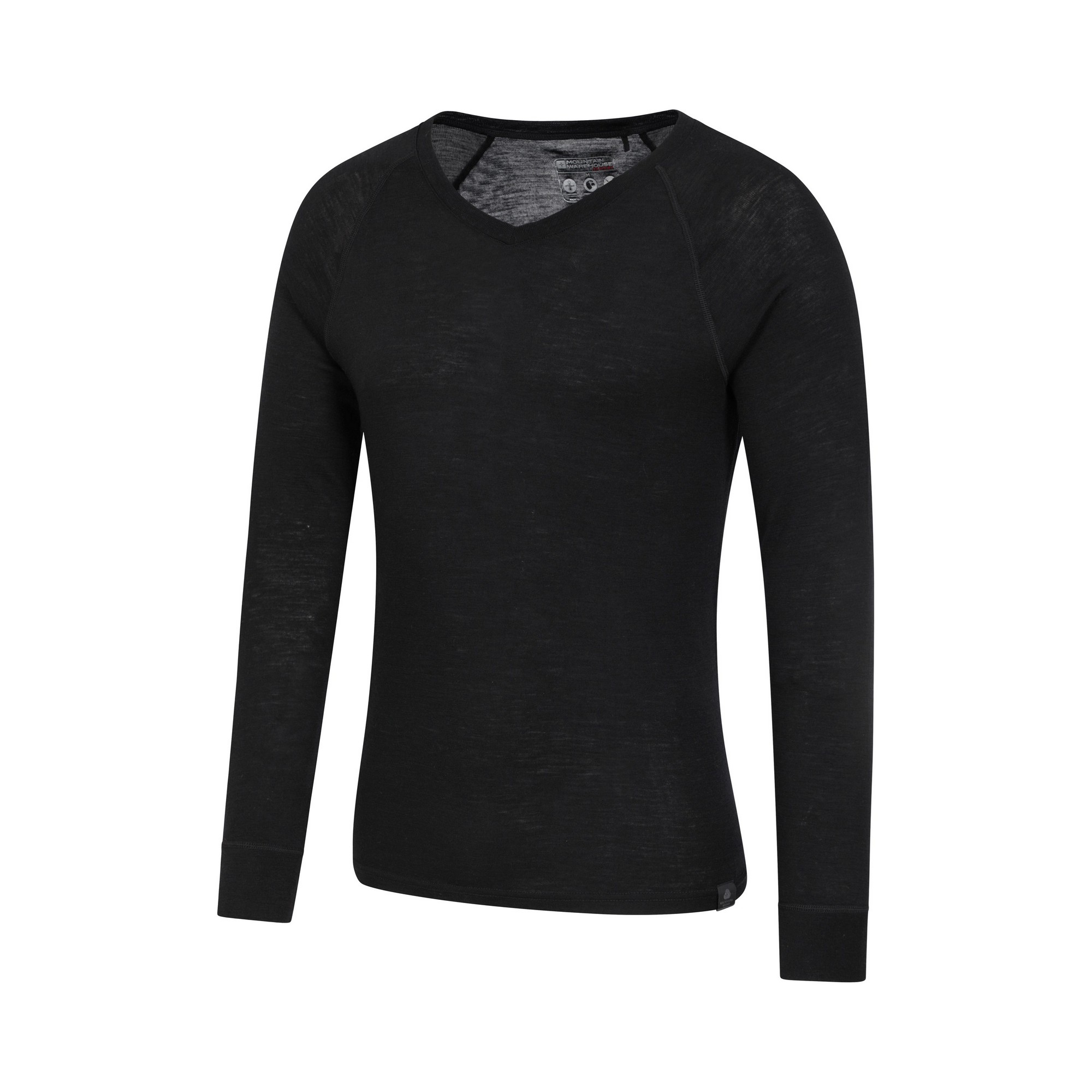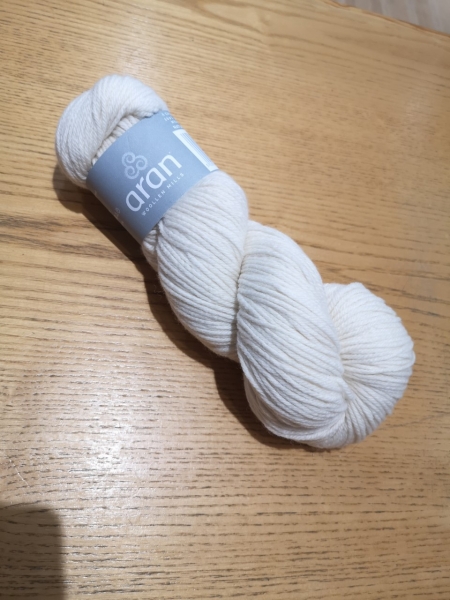New Bamboo Clothing Guide
Wiki Article
What Makes Yak Merino Base Layers So Beneficial For Winter Sports Clothing In Terms Of Warmth/Temperature Regulation And Moisture Management Durability, Comfort And Warmth?
Base layers made from Yak merino are perfect for winter sportswear due to their combination of features that enhance warmth, temperature regulation and the comfort.
Insulating Properties - Yak and merino both have inherent insulating properties. Yak, with its hollow filaments suffocates the air and creates exceptional warmth. Merino wool is also known for its insulation.
Regulates body temperature - The fabric is breathable and helps maintain body temperature by retaining heat in frigid weather.
Moisture Management-
Merino Wool's Moisture Wicking Properties draw moisture from your skin and disperse, stopping sweat. Yak wool similarly helps move moisture around to keep the wearer comfortable and dry during intense physical activity.
Comfort-
Softness Merino Wool is renowned for its soft, fine fibers it has. They are not irritating to skin. Incorporating yak fibers into the mix, which are soft, enhances the comfort.
Odor Resistance- Both types of wool have antimicrobial properties, reducing the growth of odor-causing bacteria and ensuring that the clothing remains fresh.
Durability-
Strong and Resistant Yak Wool is strong and durable by nature. When combined to the resilient merinowoo, it is strong and durable ideal for sports that require a lot of effort.
Natural Fiber Benefits-
Renewability: Yak and merino are both biodegradable and renewable fibers. They are also green.
Variability - The inherent wools' properties allow for versatility in various weather conditions, maintaining their efficacy in wet and dry environments.
The blend of yak wool and merino harnesses the strengths of both material to create an excellent fabric for providing warmth and regulating temperature, as well as managing humidity, providing comfort and ensuring the durability. Yak merino base layer is therefore ideal for winter sportswear, as they meet the requirements of winter sports and cold temperatures. They will also keep you comfortable and dry. View the top rated merino wool base layers for website advice including merino wool base layers, smartwool 250 base layer women's, minus 33 base layer, merino wool thermal underwear, wicked wool base layer, ski thermals, merino wool leggings mens, wool thermals, minus 33 base layer, smartwool base layer mens and more.

What Are The Benefits Of Wearing Bamboo Clothes In Terms Of Thermal Regulation And Uv Protection, Biodegradability And Environmental Impact?
Bamboo clothing has many advantages when it comes to the regulation of temperature and biodegradability, UV protection and environmental impact- Thermal Regulation-
Insulation – Bamboo fabric offers natural thermal control properties. This provides warmth and comfort in cold conditions and is cool and breathable. It regulates body temperature by retaining the heat in cooler temperatures and allows for airflow to keep you cool while working out.
UV Protection
UV Resistance- Bamboo fabrics offer natural protection against harmful UV rays. It is able to block a major part of the UV radiations from the sun, adding another layer of protection against exposure to sunlight.
Biodegradability-
Bamboo clothing is biodegradable and is broken down organically at end its lifecycle without leaving toxic remnants. It also does not cause pollution. This feature reduces pollution and also reduces the environmental impact of discarding clothes.
Environmental Impact-
Sustainability: As a primary material bamboo is incredibly sustainable. It grows rapidly and abundantly without the requirement for chemical fertilizers, reducing the impact on the environment of cultivation. Its rapid growth makes it a dependable resource.
Low water usage Bamboo requires relatively less water than other crops such as cotton, which makes it more water-efficient. This helps conserve water and reduces strain on resources.
Soil Conservation
Soil health- Bamboo cultivation doesn't deplete soil nutrients and doesn't require massive irrigation. This contributes to healthier soil conditions and lessens the necessity for damaging practices in agriculture.
Carbon Sequestration -
Bamboos absorb carbon dioxide. They are able to absorb more carbon dioxide and release more oxygen to the atmosphere when compared with other plants. This property supports efforts to mitigate carbon emissions and combat climate change.
Bamboo's ability to regulate temperature in clothing, its UV protection, its biodegradability and positive impact on the environment makes it a preferred option for those seeking eco-friendly and sustainable clothing. These characteristics are compatible with eco-friendly practices and offer benefits for both the wearer as well as the environment. View the most popular bamboo clothings info for more examples including kate quinn bamboo, bamboo cotton pajamas, shakuhachi clothes, bamboo childrens clothing, preemie bamboo pajamas, kyte pajama, bamboo cay shirts, bamboo terry fabric, bamboo hawaiian shirts, bamboo under wear and more.

What Are The Differences In The Texture, Warmth And Absorption Of Bamboo And Merino Compare To Wool?
In comparing merino wool bamboo clothing, and traditional wool, we can compare them in terms of warmth, texture, and moisture absorption- Texture-
Merino Wool Merino Wool, often referred to as fine-fibered wool, is known for it's more supple texture and soft fibers. It is often regarded as more comfortable against the skin.
Bamboo Clothing Bamboo clothing is smooth and silky. It is often compared to luxury materials like silk or Cashmere. The soft and delicate texture makes it comfortable.
Traditional Wool: Traditional wool may vary in texture, some types may feel coarser and are more likely to cause itching or discomfort compared to bamboo clothing or merino.
Warmth-
MerinoMerino Merino offers exceptional warmth due to its insulation capabilities. Even if it's damp it holds warmth and provides efficient insulation in frigid weather conditions.
Bamboo Clothing- Bamboo clothing also can be warm, but it isn't able to provide the same amount of insulation like the merino wool. It regulates the body temperature and provides comfort under various conditions.
Traditional Wool - Similar to merino, traditional wool feels warm and is insulating. It may feel heavier and bulkier than bamboo or merino wool clothing.
Moisture Absorption-
Merino Wool - Merino Wool has excellent moisture-wicking qualities, allowing moisture to escape from your skin to evaporate. It stays warm even when it is damp.
Bamboo Clothing: Bamboo fabric has properties that help to wick moisture away which allow it to remove moisture from your skin and provide comfort when you are exercising. It regulates humidity well and keeps wearers dry.
Traditional Wool- Even though wool is able to absorb water, it doesn't possess the same characteristics of moisture wicking like bamboo or merino. Wool is heavy and damp when wet.
In the end, merino Wool is renowned for its warmth, softness, and efficient moisture-wicking properties. Bamboo clothing has smooth, silky texture that provides adequate warmth and moisture regulation. The texture of traditional wool clothes can vary and it may provide moisture absorption or warmth. However, it may feel heavier than merino or bamboo clothing. Each material has its unique properties that cater to different preferences and needs in clothing. View the best his comment is here about merino winter clothing for website examples including smartwool thermals, wicked wool base layer, wool long johns women's, terramar merino woolskins, best wool base layer, smartwool 250 women's, merino wool long underwear women's, smartwool merino 250 bottoms, smartwool 150 base layer, smartwool mid layer and more.
